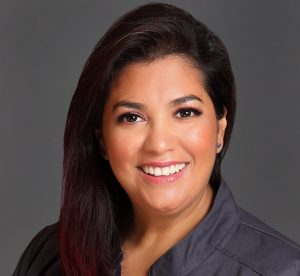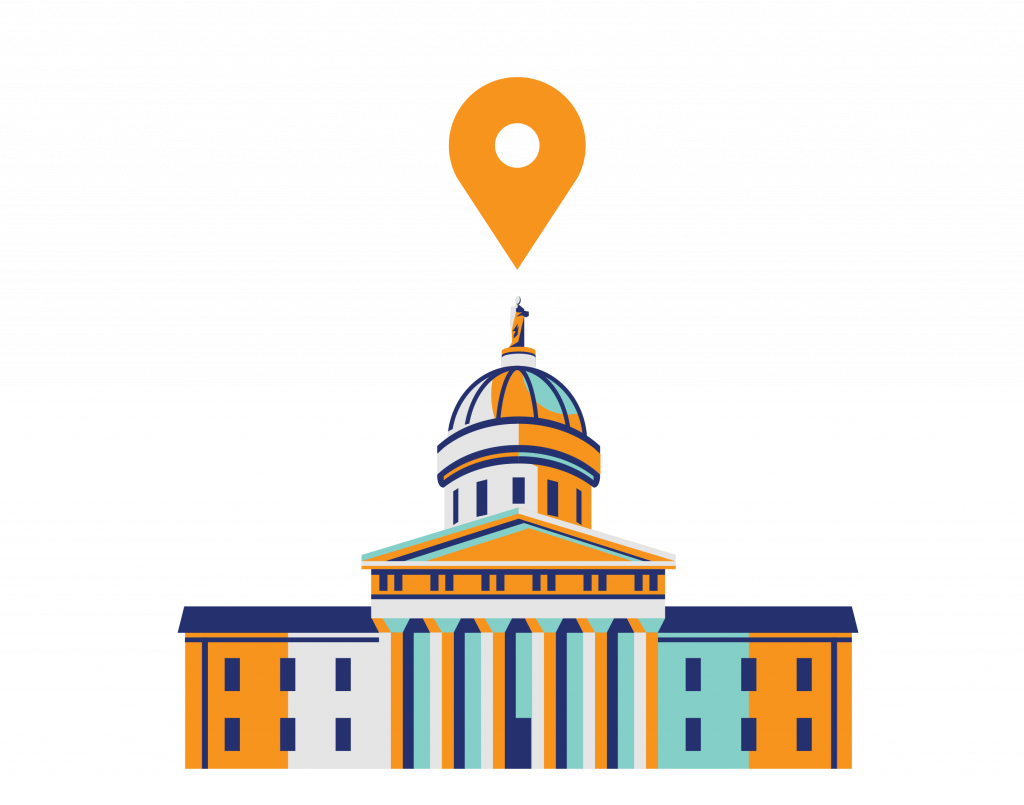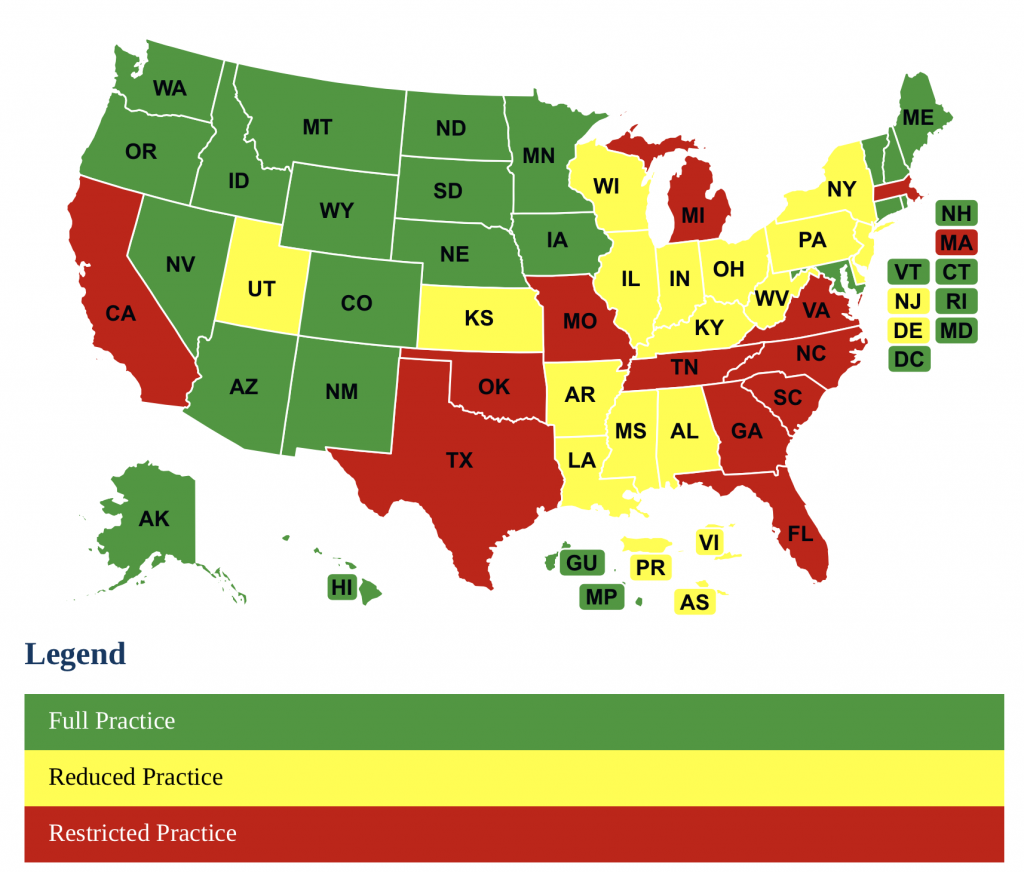Give nurse practitioners full practice authority

Nurse practitioners are nurses with advanced degrees who can diagnose, treat, and prescribe medicine. In many states, however, nurse practitioners (NPs) can work only under the supervision of a physician. In those states, NPs must pay thousands of dollars a month for supervision and sometimes cannot work because of a shortage of supervisors.
Eliminating this supervision requirement would help overburdened hospitals during the COVID-19 pandemic and increase the availability of healthcare for everyone—whether they are sick or healthy. Also,
- NPs are more likely than physicians to work in rural and underserved communities and more likely to care for vulnerable populations.
- Studies show NPs provide more affordable care than physicians and often have higher patient satisfaction.
- NPs can also help solve the physician shortage. By 2032, the U.S. is projected to have a shortage of as many as 122,000 physicians. Meanwhile, NPs are expected to grow 6.8% annually.
There’s no downside. Multiple studies, including from the Brookings Institute and American Enterprise Institute, have found that physicians’ supervision of NPs does not increase quality or safety but just restricts competition, raises prices, and reduces patient access to care—especially in rural and low-income communities.
Some states have already eliminated this requirement. Twenty-eight states do not require career-long supervision for NPs, and 14 of these states, the District of Columbia, and Veterans Affairs do not require supervision at all. Other states have temporarily waived supervision requirements during the pandemic. But there is still much to be done. Every state should make these reforms, and all reforms should be permanent.
State Practice Environment from the American Association of Nurse Practitioners
Get Started Today.
Please fill out this form and an IJ staff member will reach out to you shortly.

